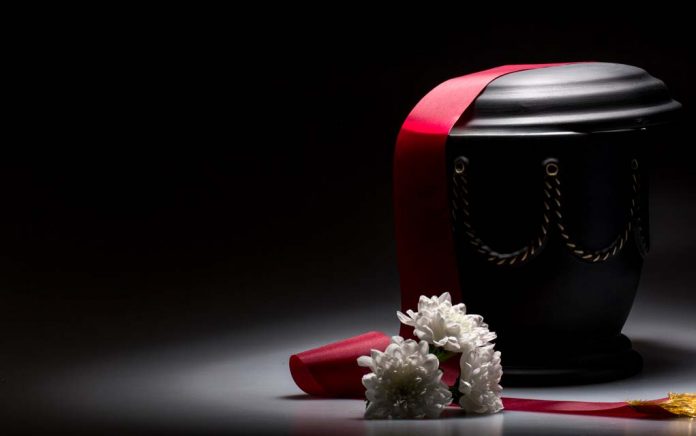
Without a doubt, cremation is now a much more popular option at the end of life. But uncertainty seems to reign about what to do with the ashes that remain. They can be buried, placed in a niche, worn around your neck, kept on your mantle or in a closet, pressed into a diamond and the most common, scattering. But you might be blown away to know that you can get your loved ones’ ashes in environmental trouble.
There is no law that specifies the scattering of ashes on ordinary land or in rivers, but it is technically illegal to put the ashes on someone else’s land or in rivers without the owner’s permission.
The Environmental Protection Agency published a policy about the scattering of ashes to protect the environment. This law particularly deals with spreading of ashes on rivers and streams. There is no evidence that the disposal of human ashes in rivers and streams can have a negative impact on the environment; however, the non-biodegradable items like metal and plastic can cause damage.
The rich mineral concentrations in cremated remains can also have a bad effect on the soils and eventually on the plants. We greenies often advise people not to dump ashes on mountain tops, where ashes can affect fresh plant life.
You must have seen the ashes floating over the sea. You can use sea as the fastest way to the greatest dispersal. If you want to scatter the ashes far and wide, then the sea is appropriate. However you cannot build a memorial at sea and it does not give us a place that you can visit. You can build a memorial at a comfortable place to visit when you are going to scatter ashes in the sea.
Read more about: Burying Your Pet, Naturally
Many different approaches can be used to scatter the ashes. A few of them are:
Casting
Casting is a method of scattering in which the remains are tossed into the wind. Here you need to check the direction of the wind. Now, you have to cast the remains downwind. In this method some of the remains will fall to the ground whereas the lighter particles will blow in the wind.
It is also permissible that one person in the group may scatter some and give the container to the next person. In this way, everyone will get a chance to ceremonially cast the remains. There is one more option in which people are given paper cups or casting cups and they scatter simultaneously just like a toasting gesture.
Trenching
Trenching refers to digging a hole in the ground. The remains are then put into the trench. You can put the remains directly into the trench or place it in a biodegradable urn or bag. When the ceremony gets completed, the survivors often rake over the trench. The name of the deceased person can be drawn in the dirt or sand. You can also take a photo of this for a memory book. Family and friends can also join hands to form a circle. If there is not much wind, you can light the candles around the site. You can give candles to each person as a keepsake.
Raking
Raking refers to discharging the cremated remains from an urn on loose soil. You have to rake them into the ground at the end of the ceremony. It is advisable to keep the urn close to the ground while pouring the remains on the ground due to wind.
Many people during their lifetime request that following cremation, their ashes be scattered at a specific location. In other cases it is the relatives of the deceased that make this decision.
It might be assumed that the practice of scattering ashes will have no lasting effect on the immediate environment. However if ashes are repeatedly scattered over a limited area this can bring about changes to plant life. Many plants can tolerate only a narrow range of soil acidity or alkalinity, and many are sensitive to the concentration of certain mineral elements. The ashes of human remains are rich in both calcium and phosphorus. Elevated concentrations of these elements can stimulate the growth of some plant species, but adversely affect others.
Photo credit: allynfolksjr.




